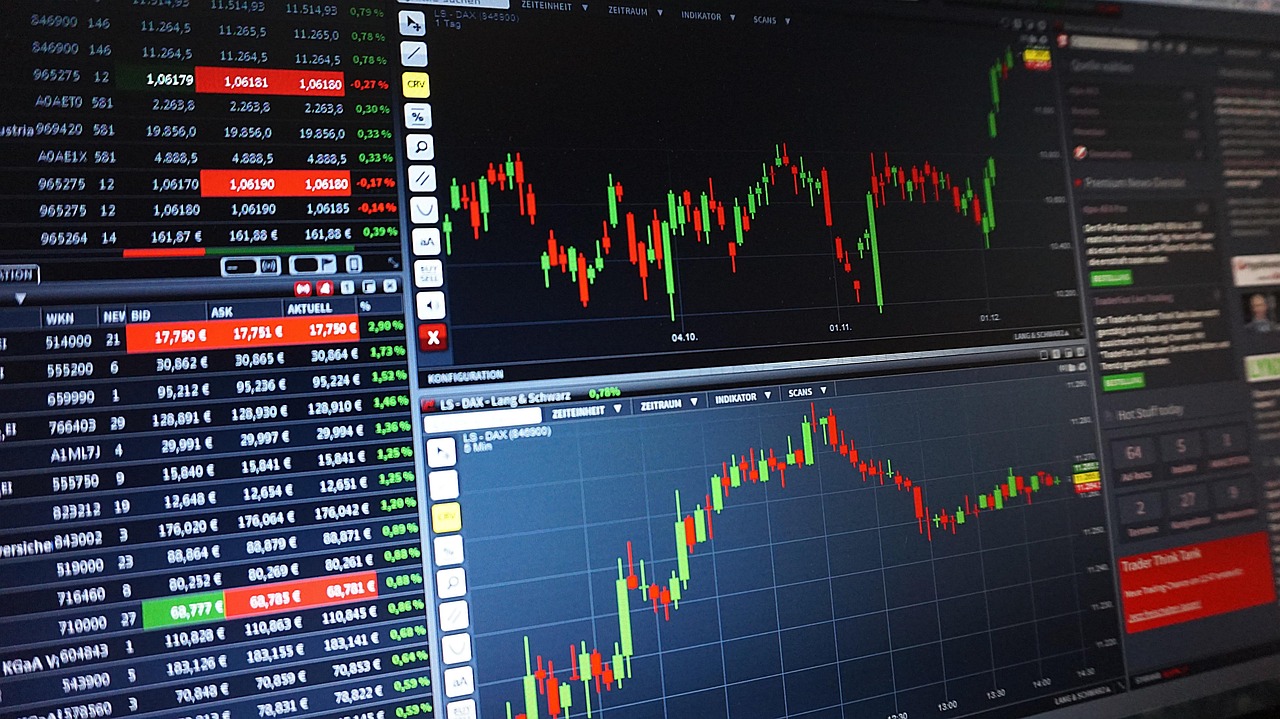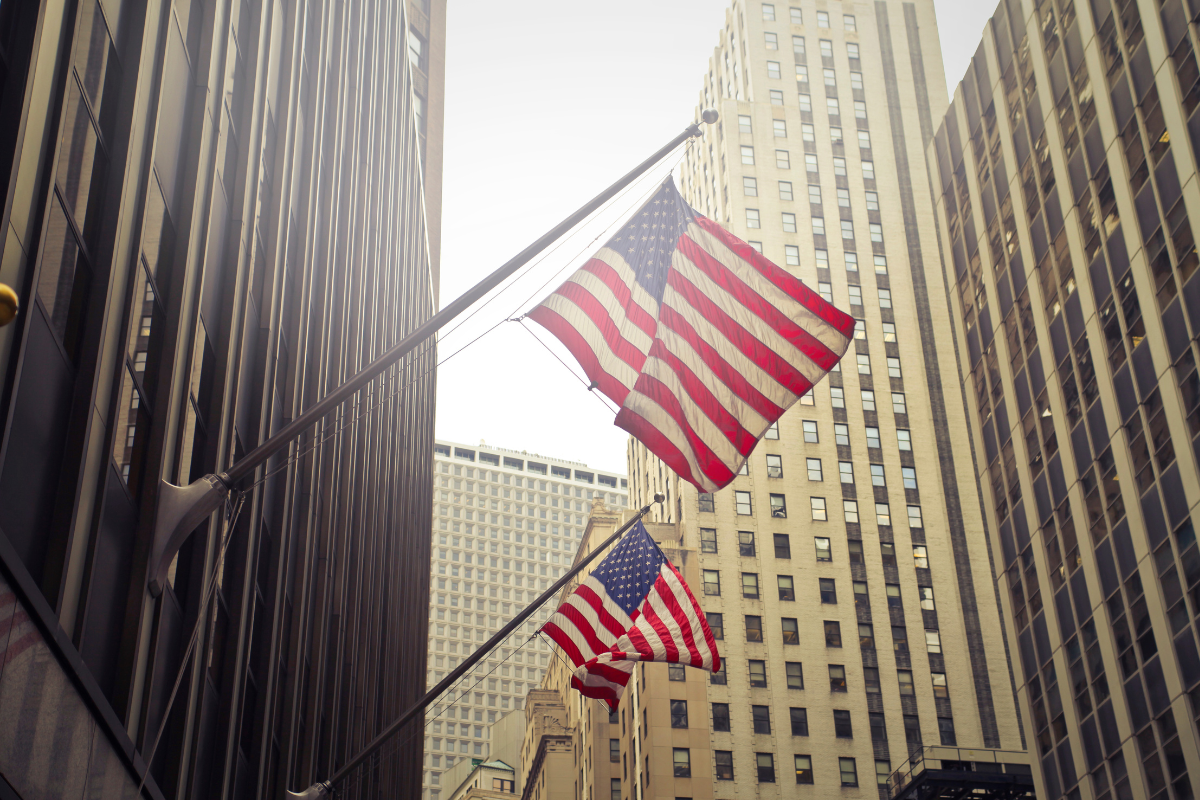One week after April 2—dubbed “Liberation Day” by Donald Trump—the stream of reports from asset managers and investment houses continues, analyzing shifts in the global trade landscape, retaliatory measures by various countries against widespread tariffs, falling stock markets, and the likelihood of a U.S. recession. At the same time, webinars are multiplying in an attempt to explain this new phenomenon sweeping across the world and its possible consequences.
Nothing is more adverse for markets and investors than uncertainty—and uncertainty keeps growing. In this context, investors are wondering whether they should unwind positions, buy on dips, and which assets to turn to for shelter or hedging.
Amundi believes that unless significant progress is made in negotiations and a new trade framework is established, volatility will continue to dominate markets in the coming weeks. As a result, they’ve reduced their equity exposure.
“We continue to believe it is key to maintain equity hedges and exposure to gold. Regarding U.S. equities, we believe the impact will be more pronounced on mega-cap stocks, while the small- and mid-cap segment could benefit. As for equity allocation, we continue to favor a diversified approach that includes selective emerging markets. On duration, we remain active, with a positive stance in Europe and a nearly neutral position in the U.S.,” they wrote in a report published on April 3.
According to Román Gutiérrez, Portfolio Manager at Baltico Investments—an asset management firm licensed in the U.S. with clients across Latin America—Trump has staked all his political capital, and if the current market turmoil turns out to be temporary, resolved with quick country-by-country deals, “it’s possible we’ll be out of this maze in a few months.” But if no agreements arise and the strongest players opt for confrontation, “it will be a lose-lose situation for the global economy,” he noted.
“It’s very difficult to estimate the medium- and long-term outcomes of this economic reshuffle,” he reflected. Gutiérrez explained that the firm is looking at gold, U.S. Treasury bonds, healthcare stocks, utilities, and the domestic defensive sector with “great interest” as a way to diversify portfolios and hedge equity exposure.
However, he added that the drop in U.S. equities has been so “violent” that “soon the risk-return profile of stocks will start to support a return to risk assets.” On another note, he said that U.S. companies’ technological edge, sound management, and high productivity will help them quickly adapt to this new landscape.
For investors with a medium- to long-term horizon, Baltico suggests “understanding that history is full of corrections and bear markets, and Wall Street has always recovered from them.”
From UBS Global Wealth Management, Solita Marcelli, CIO Americas, shared on her LinkedIn profile a note signed by Global CIO Mark Haefele, answering some of the top questions raised by clients.
To the question “Should I sell equities now?”, UBS Global WM responded with a firm “no.” Their reasoning: since 1945, on the 12 occasions when the S&P 500 dropped 20%, the index delivered positive returns 67% of the time in the following year. To hedge portfolios, UBS also recommends U.S. Treasuries, gold, and hedge funds.
Meanwhile, asset manager MFS released its Market Insight on tariffs, stating that fixed income remains well positioned in the near term as an attractive asset class for reducing risk. The firm also said the case for long duration has strengthened significantly over the past week, reflecting downside risks to growth and rising expectations that global central banks may accelerate policy easing in response to a growth shock.
Within fixed income, MFS believes that lower-beta, longer-duration asset classes appear best positioned amid current market turbulence. These include securitized assets, municipal bonds, and higher-rated segments of fixed income.
For non-U.S. investors, currency exposure should be considered carefully given the negative outlook for the dollar, they added. As for equities, the global rotation away from the U.S. could continue until the U.S. is clearly seen as a buying opportunity. “That moment could come. It’s understandable that we currently favor a quality bias in asset selection, as well as exposure to lower-beta sectors,” they concluded.




